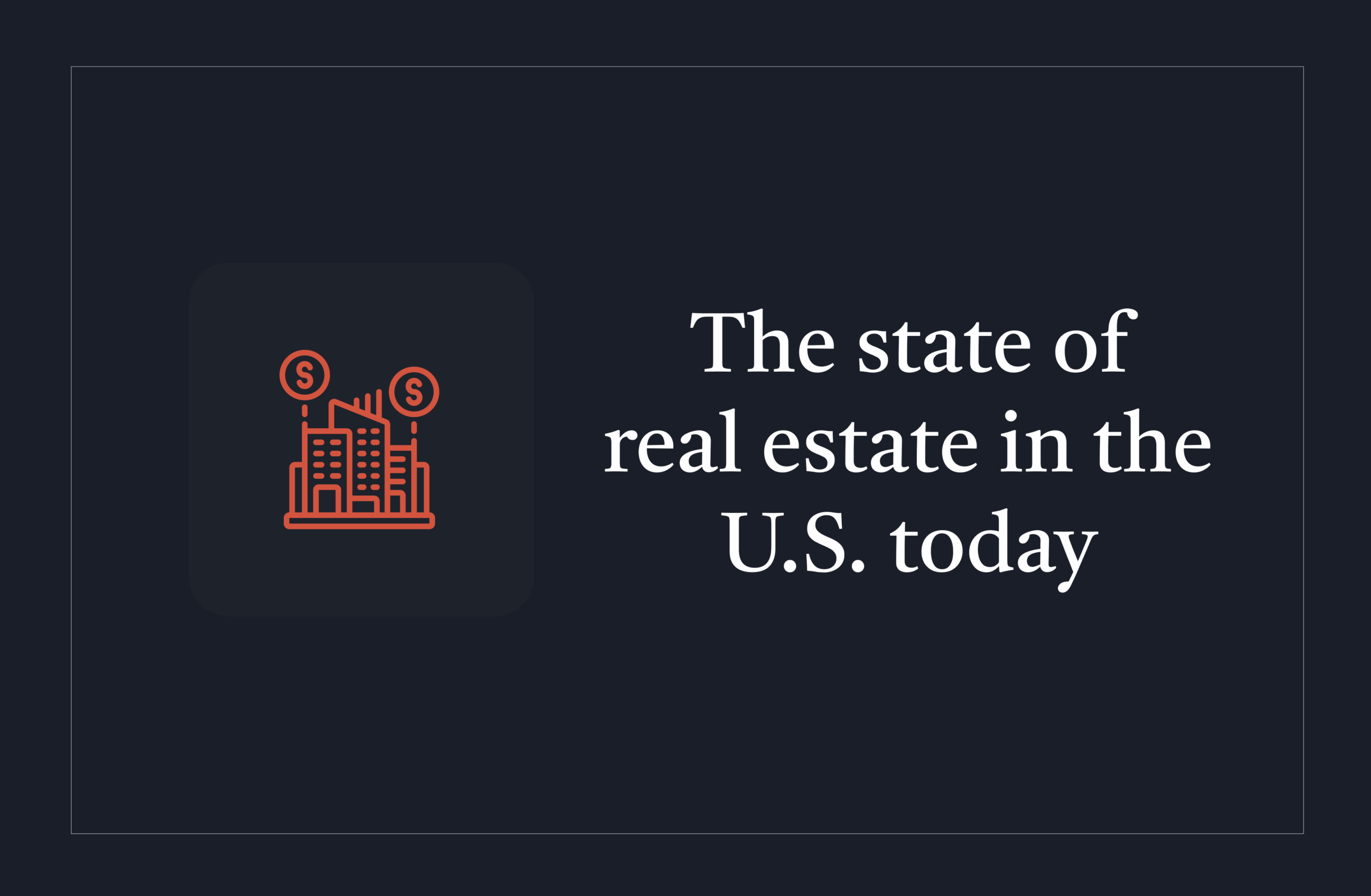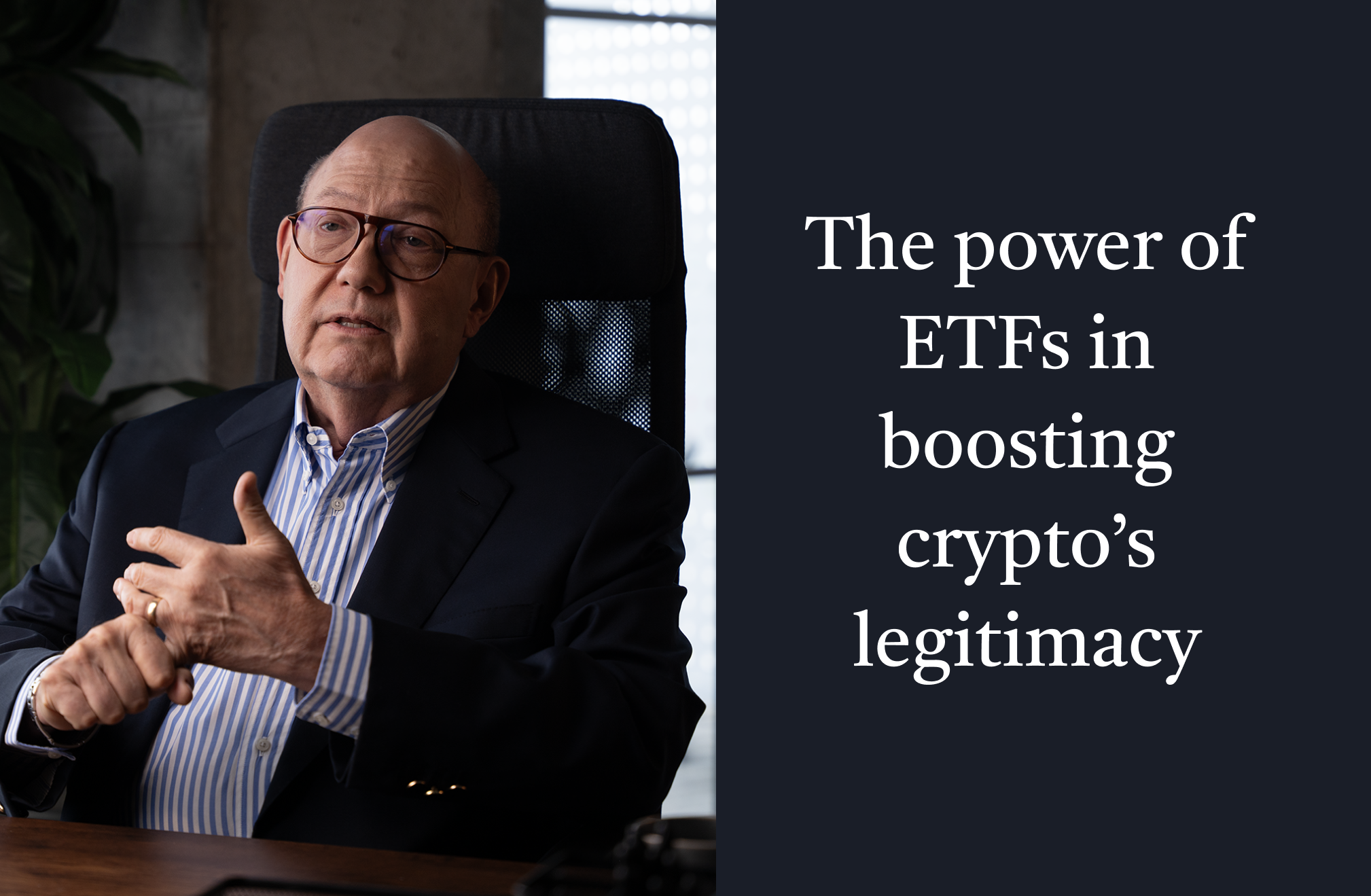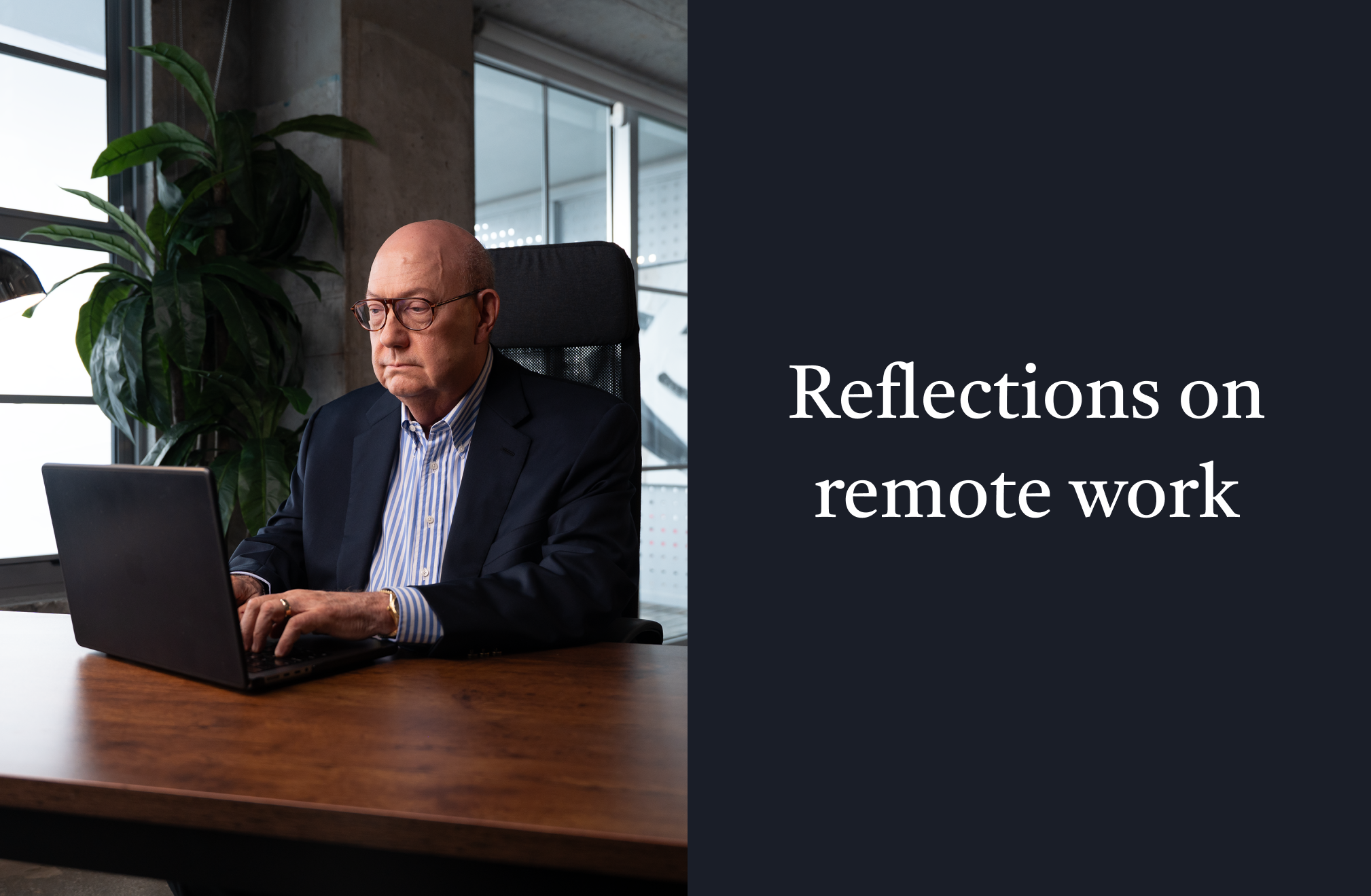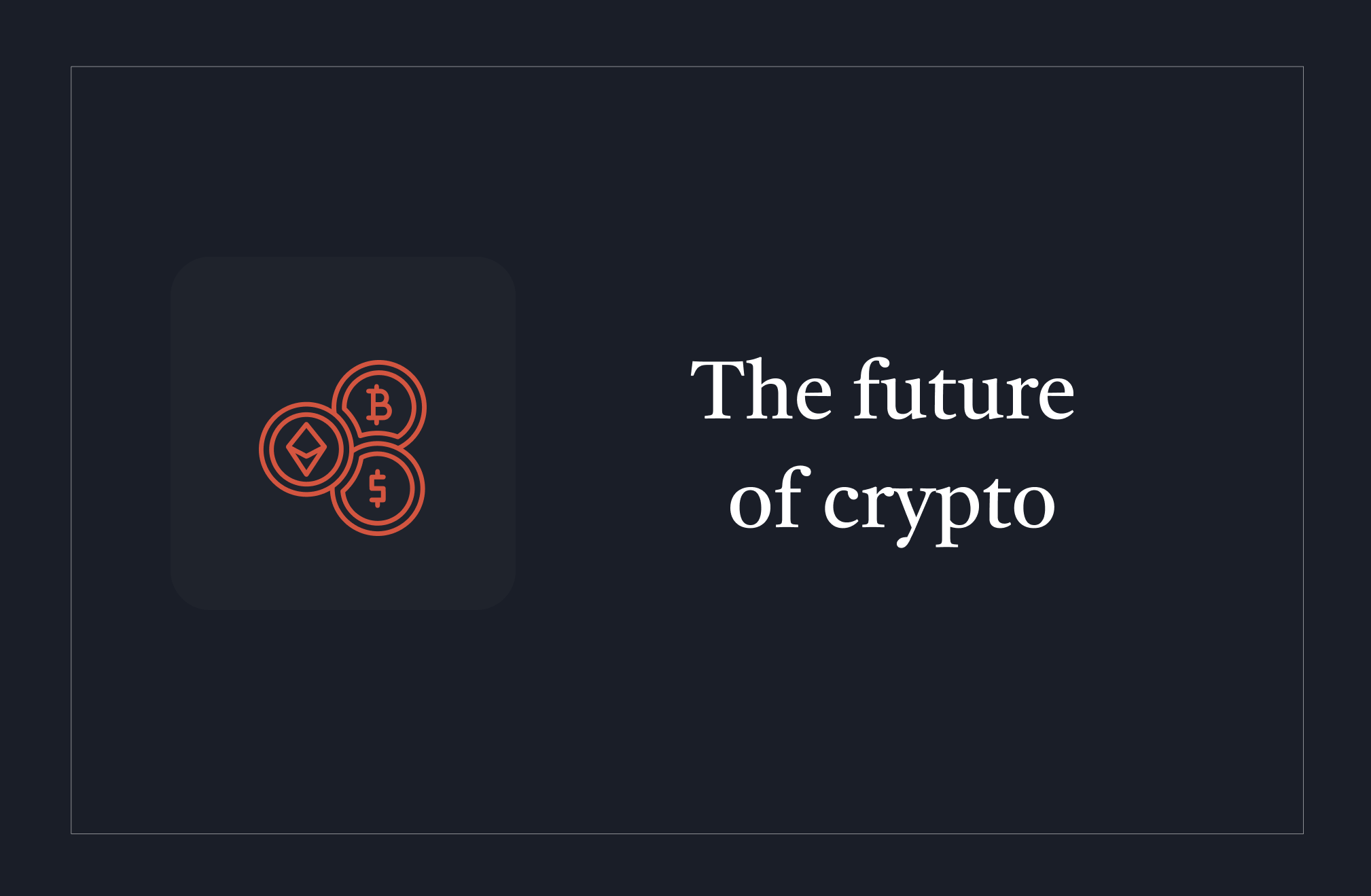
Real estate is a wide and varied market. From commercial buildings and warehouses to homes and office spaces, these various subsectors are experiencing very different trends driven by increased demand for remote work, high interest rates and regional market imbalances, among other factors. While there are some rather specific examples of real estate that are benefitting from shifts in the economy and consumer demand, such as data centers and warehouses, traditional sectors such as office space and retail are under pressure. Many urban commercial real estate markets around the U.S. are struggling to find their footing in the new post-pandemic normal of remote work. On the residential side, it’s not so much a shortage of homes, but a shortage of affordability. Between mortgage rates, taxes and insurance costs, owning a home has become a lot more expensive. Builders are responding, but their quick fixes could get home owners in trouble in the future.
In this article, I’d like to take a closer look at the state of real estate in the U.S. today, and offer my views on what I believe is happening in the residential real estate market and with commercial real estate trends, and whether I think real estate is a good investment.
Residential real estate: A question of affordability
With regard to residential real estate, I think this market is incredibly overvalued at the present time. I think many people would say there’s a housing shortage. But in reality there’s no shortage of vacant homes, there’s a lack of affordability. We can build houses in this country. That’s not the issue. The problem is, people can’t afford to buy them. Some may blame interest rates, but this is just one of the challenges faced by prospective buyers. Insurance premiums have jumped, and property taxes are through the roof thanks to increased government spending.
I know of cases in Florida where homeowners’ insurance bills have tripled in step with the value of their home. On top of that, Florida has a slight problem regarding hurricanes, which makes it a riskier place to live, and therefore more expensive with regard to insurance. In some states, builders are trying to work around it by offering five-year bullet mortgages with low teaser rates. But in reality, they simply build their initial losses into the overall price of the home. This is something that could cause real issues down the road for homeowners if rates haven’t come back down when those five years have passed. That’s when you start to see people defaulting.
Holes in the real estate market left by increased remote working and migration
In our post-pandemic reality, one of the biggest shifts with regard to real estate compared to pre-2020 is where people chose to live and work. As lockdowns took hold across the country, there was a massive migration out of high-tax, high-density states like New York, New Jersey, and California. People headed for lower-tax, lower-cost Southern states like Florida, Texas, and the Carolinas looking for more space, better weather and a more flexible lifestyle as they were able to work from home. Home builders reacted to that trend and started putting up homes like crazy across the South.
But now, interestingly, vacancy rates and unsold inventory in those Southern states have climbed fast over the past year or two. The main reason? That wave of migration has slowed way down. Today, it is very difficult for people to sell their homes for what they think they’re worth in the Northeast and move to Florida. As such, home builders are feeling the lagged effect and now have a rising supply of vacancies in the South.
Is real estate a good investment?
Traditionally, real estate has been seen as one of the most reliable long-term investments. It offers the potential for gradual appreciation, passive income through rents and even a hedge against inflation. When demand is high and borrowing costs are low, real estate often outperforms more volatile asset classes such as stocks. But at its core, real estate is simply a question of supply and demand, and in 2025, that’s where the cracks are starting to show. One of the biggest long-term questions hanging over most developed countries is demographic. The U.S. is seeing a steadily declining birth rate. Our population is not being replaced, and in some areas it is even shrinking.
If demand for housing slows with regard to that, it is likely to change the equation for real estate investment. But there will still be opportunities. Certain types of real estate, such as logistics or data centers are well-positioned to offer strong returns, as consumer demand is forcing companies to expand their physical infrastructure for warehousing and digital storage. Generally speaking, with regard to the state of real estate in the U.S. today, investors must do their research on the region and asset type to evaluate the long-term viability of investing in real estate before making a move.
For more insights and reflections from me on business, investment and real estate, take a look at the other articles on my blog, visit my YouTube channel and follow @williamerbey on social media.






